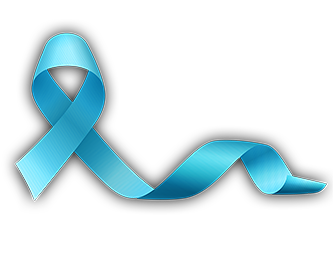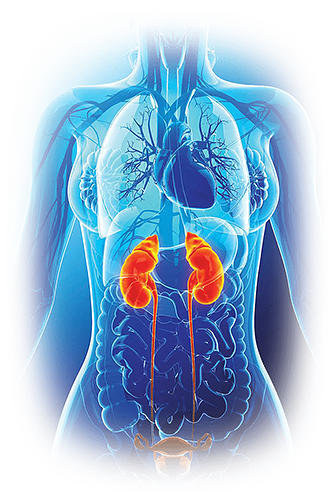Login
For Clinician Providers
For Clinician Providers
For Patients
2018 Nobel Prize in Medicine – First Ever Nobel Prize Awarded for Development of a Cancer Therapy | Cancer Testing from Platinum Diagnostic Lab
The Winners
James Allison (from Texas, US) and Tasuku Honjo (from Kyoto, Japan) took home the 9 million SEK (€868,000) prize for their groundbreaking work on the immune system that has already led to a new class of cancer drugs that has dramatically changed the lives of cancer patients all over the world. Allison currently works as an immunologist at the M.D. Anderson Cancer Center in Houston, Texas, while Honjo undertakes his research at Kyoto University, Japan.
Our immune system normally seeks out and kills mutated cells, but cancer finds elegant ways to evade such immune attacks. One way is by upping the cell’s healthy braking mechanisms that are designed to protect normal healthy tissue from immune attack. By unraveling these braking mechanisms, Allison’s and Honjo’s work, which they carried out independently, has ultimately allowed scientists to harness the body’s own immune system to fight cancer.
The First Checkpoints are Discovered
CTLA-4
In the 1990s, Allison discovered the first T cell brake, CTLA-4. CTLA-4 resides in the cell membrane of active T-cells and acts like an off-switch to regulate T cell activity. Elsewhere, researchers were investigating whether or not the action of these so-called brakes, which later became known as checkpoints, could be augmented to treat autoimmunities, but Allison had other ideas.
Allison’s lab found that when they injected CTLA-4 neutralizing antibodies into mice with cancer, the T-cells rapidly multiplied to generate a broad repertoire of T-cells in a short time, thus increasing the likelihood of producing a T-cell that could specifically detect and kill an evasive tumor. Switching off the T-cell brake in this way led to remarkable results in treating cancer in mice (1).
PD-1
In 1992, Honjo’s lab found another cell membrane-embedded off-switch for T-cells – a protein called PD-1 (2). PD-1 is normally fine-tuned to protect T-cells from overexposure to foreign invaders, thus keeping their activity in check. However, this normal cellular process may be detrimental in individuals who’ve had cancer for a long time. In this situation, the T-cells recognize that something is wrong in the body, but that it’s not being repaired. So, PD-1 switches off the T cells’ activity to prevent their exhaustion, simultaneously giving the cancer cells free reign to multiply further. Some cancers can even adapt to intentionally stimulate PD-1 activity on T-cells, essentially shutting down their own roadblocks.
When Honjo’s lab injected PD-1 neutralizing antibodies into mice with cancer, the cancer cells could no longer evade the T cells, effectively leading to killing of the cancer cells (3).
Checkpoint Inhibitor Drugs
German scientist and Nobel laureate Paul Ehrlich (1854-1915) was the first to propose that “the immune system could repress a potentially overwhelming frequency of carcinomas” more than a century ago (4), but it was only with the remarkable discoveries of Allison and Honjo that this hypothesis could be translated into clinically effective treatments. One major advantage of immunotherapies over traditional cancer treatments that involve radiation and conventional chemotherapy is that immunotherapies are generally much less harmful to human tissue, thus reducing the side effect burden.
Today, a number of checkpoint inhibitors have been clinically approved for the treatment of melanoma, lung cancer, renal cancer, and lymphoma. A large number of checkpoint therapy trials are currently under way against most cancer types (5).
More Nobel Prizes in Science To Come
The 2018 Nobel Prize in Physics will be announced today (2nd October 2018), followed by chemistry tomorrow (3rd October 2018).
Link: The official press release for the 2018 Nobel Prize in Physiology or Medicine
References
- D. R. Leach, M. F. Krummel, J. P. Allison, Enhancement of antitumor immunity by CTLA-4 blockade. Science 271, 1734-1736 (1996).
- Y. Ishida, Y. Agata, K. Shibahara, T. Honjo, Induced expression of PD-1, a novel member of the immunoglobulin gene superfamily, upon programmed cell death. EMBO J 11, 3887-3895 (1992).
- Y. Iwai et al., Involvement of PD-L1 on tumor cells in the escape from host immune system and tumor immunotherapy by PD-L1 blockade. Proc Natl Acad Sci U S A 99, 12293-12297 (2002).
- G. P. Dunn, L. J. Old, R. D. Schreiber, The immunobiology of cancer immunosurveillance and immunoediting. Immunity 21, 137-148 (2004).
- C. S. Baik et al., Immuno-oncology Clinical Trial Design: Limitations, Challenges, and Opportunities. Clin Cancer Res 23, 4992-5002 (2017).
- https://www.nordicbiosite-blog.com/l/a2018-nobel-prize-in-medicine-first-ever-nobel-prize-awarded-for-development-of-a-cancer-therapy/



